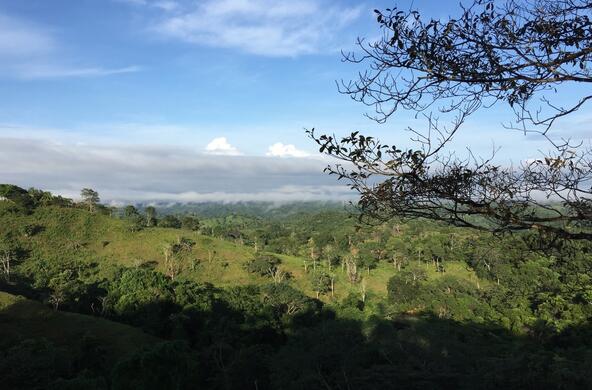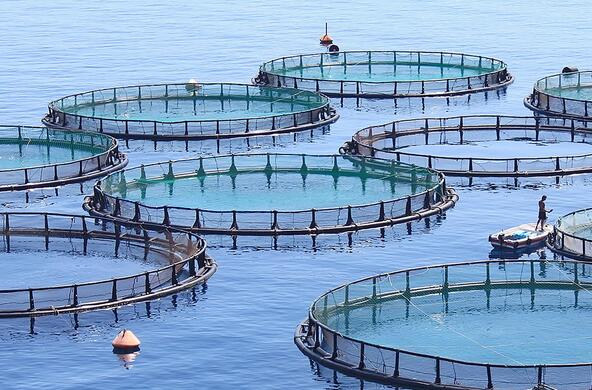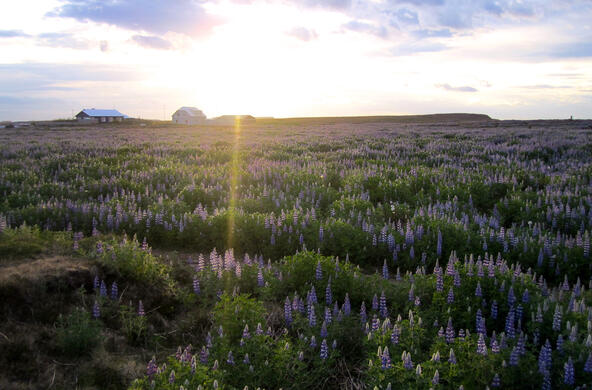
Bags of garden fertilizer are labeled with three numbers, such as 15-4-5. These numbers indicate the percent of nitrogen, phosphorus, and potassium in the product. The remainder of the bag is filler that helps the fertilizer disperse.
Plant growth is directly related to the nitrogen content in their leaves. Most soils contain small amounts of nitrogen, so adding it is an effective way to make plants grow faster. The first number listed on fertilizer bags – representing nitrogen – is usually the largest.
The low nitrogen content in most soils exists in stark contrast to the abundance of nitrogen in the air, where it accounts for 78% of Earth’s atmosphere. How can plants be nitrogen limited when it’s plentiful the air around them? It’s because atmospheric nitrogen consists of two nitrogen atoms joined by one of the strongest chemical bonds known in nature.
To be useful to plants, this bond must be broken. Atmospheric nitrogen becomes available to plants when it bonds to hydrogen or oxygen. In nature, soil-dwelling bacteria drive this process, either through feeding on dead organic matter or growing in association with the roots of plants like legumes.
These bacteria add about 140 million tons of plant-available nitrogen to soils each year. Once-upon-a-time, crop productivity was limited, in part, by their activity. Then, shortly after World War II, synthetic nitrogen fertilizer became widely available.
We now apply 100 million tons of synthetic fertilizer annually, nearly doubling natural rates. Its use has dramatically increased crop yields and food availability. But it has come at a cost to the environment, which we will talk about tomorrow.
*********
–This segment was adapted from an essay by Dr. William H. Schlesinger. You can read the original piece on his blog Citizen Scientist here.
Produced in collaboration with WAMC Northeast Public Radio, this podcast originally aired on June 3, 2015. To access a full archive of Earth Wise podcasts, visit: www.earthwiseradio.org.
Photo courtesy of Flickr.






